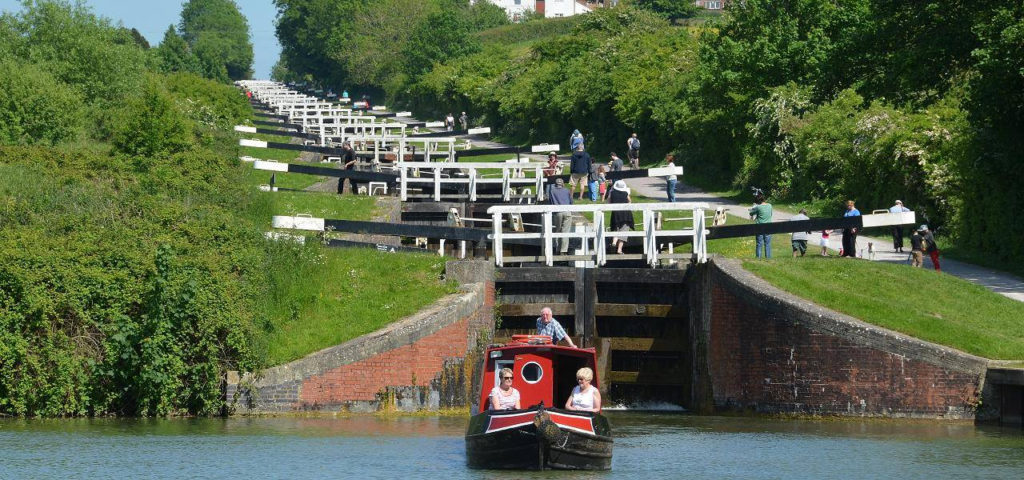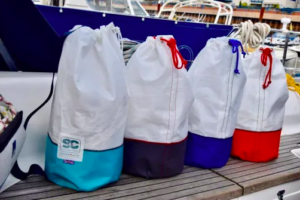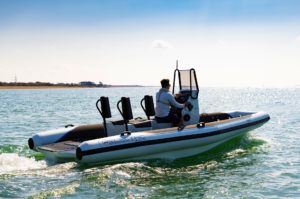Revised Hire Boat Code published

British Marine and the Association of Inland Navigation Authorities (AINA) have revised the Hire Boat Code which they say will ensure the continued safe operation of hire boats. The Maritime & Coastguard Agency has been actively involved throughout the development of the code and is supportive of its purpose and content.
The Hire Boat Code now includes a new raft of requirements, including a new stability requirement, and formalises a number of current and new safety management procedures.
One of the major changes, says British Marine, is that it is of the utmost importance that all who take part in hire boating understand their responsibilities to ensure the experience is a safe and enjoyable one. The responsibilities for user safety do not solely rely on the hire boat operators, but also the navigation authorities and the users. Another key update to the code is the requirement for improved handover procedures before a boat leaves the shore.
The Hire Boat Code outlines the standards for boats let for hire on inland waterways and carrying 12 people or less. It provides a framework for continued safe business operations of hire boats on inland waterways, and clarifies the responsibilities of operators, navigation authorities and users. It also helps businesses by the consistent application of licensing and registration requirements through inland navigation authority waterways in the UK.
The revised code will be rolled out and implemented over the next 12 months dependent on the navigation authority. Navigation authorities will engage with hire operators on their waterways to inform them of when and how the revised code will be implemented on their waterways.
“In the last year we have seen a large increase in the numbers of new users on the waterways,” says Nigel Hamilton, chair of British Marine Inland Boating Association. “The latest Hire Boat Code supports hirers and navigation authorities to provide safe on the water experiences for all, and that safe and manageable waterways are ensured. It plays a key part in making certain we continue to attract new and existing users to the inland waterways.”
“The revised code has been brought up to date through the consideration of the many advances in boat design, regulation and operation which have occurred since the first code was published,” says Lesley Robinson, British Marine’s CEO.










